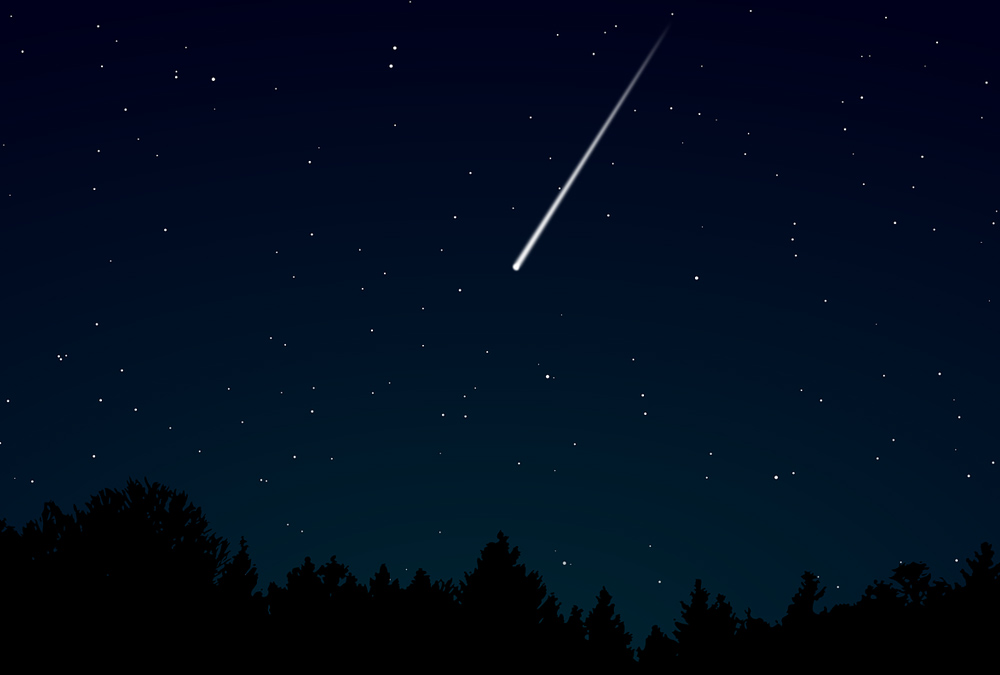
December is often a cloudy and stormy month, but it’s also the month in which the Geminid meteor showers take place.
Even though there can be up to 50 or 60 meteors per hour it doesn’t matter if the clouds are overhead or there is too much moonlight.
But this year in this very dry pattern we have an opportunity to see a star show. The moon sets before midnight as well, meaning darker skies.
Of course, it’s going to be cold, so if you want to check this out you’ll have to dress properly. And don’t forget that it takes about 20 minutes for your eyes to adjust, so you’re going to be outside for awhile in temperatures that are below freezing.
The meteor shower can be seen anywhere away from city lights. You don’t have to get somewhere where it’s completely dark. But ambient light will overshadow some of the meteors only let you see the brightest ones.
What’s interesting about this shower is that the meteors will come from the debris not from a comet but an asteriod called 3200 Phaethon. The Earth passes through this debris and these particles come crashing through our upper atmosphere at roughly 80,000 miles per hour. These tiny pieces of space rocks are are heavy in in magnesium, sodium, and iron and as these elements burn up they produce brilliant colors.
The meteors also travel somewhat slower because they are made of these different materials than other showers.
Although the meteors are said to radiate from the constellation Gemini, which will be below the horizon at around 2 a.m., you don’t have to look in that spot to see them. They will basically be streaking across the sky anywhere from late evening through pre-dawn.
























